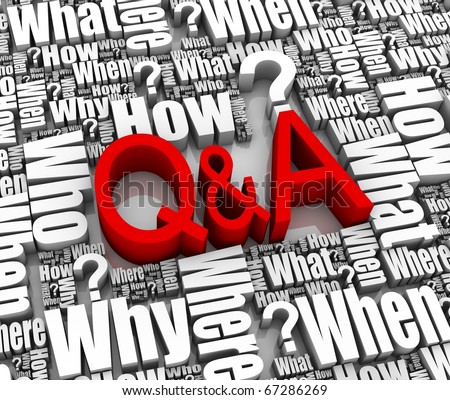Tuesday, September 10, 2013
Q and A: Colons
"Sometimes I see colons used before quotes; other times I see them used before lists. Which is correct? How do I know when a colon is the right punctuation mark?"
Just taught this yesterday to a dozen kids preparing for the SAT--and I'll be teaching it again tomorrow to a dozen more who are preparing for the SAT. I will tell you what I told them:
1. You want to learn how to use colons. That skill will make you look smart since so few people know how to use them properly!
2. You should always have a complete sentence on the left side of the colon:
a. This means that it CAN be used following a speech tag (before your quoted words) IF the speech tag is a complete sentence:
i. Yes: HE SPOKE WORDS OF COMFORT: "You can get through this. You are strong. I know you can make it." (Words on the left of the colon could stand alone; you could place a period there, and it would be a real, complete sentence.)
ii. No: HE SAID: "You can get through this. You are strong. I know you can make it."
b. This means that it CAN be used to introduce a list IF the introduction to the list is a complete sentence:
i. Yes: I NEED SEVERAL THINGS FROM THE STORE: milk, bread, eggs, and bananas.
ii. No: I NEED TO GET: milk, bread, eggs, and bananas.
c. This means that it CAN be used to ask a rhetorical question IF the words preceding the colon make up a complete sentence:
i. Yes: WE LOOKED FOR HIM EVERYWHERE: suddenly he appeared!
ii. No: WE LOOKED AND: suddenly he appeared!
3. A colon should NEVER follow two types+ of words:
a. An action verb used as an action verb. No: SHE WANTED US TO GIVE: money, time, and household goods.
b. A preposition used as a preposition: No: SHE ASKED US TO: come early, stay late, and work non-stop.
+When a sentence ends in an action verb or a preposition, that word usually makes the sentence into a non-sentence (i.e. you can't put a period there and call it a real sentence): She asked us to.
4. Colon use is often subjective in technical writing, such as text books, blogs (!), and other places where they are used to teach or expound upon topics in list form, etc.
Subscribe to:
Post Comments (Atom)


No comments:
Post a Comment